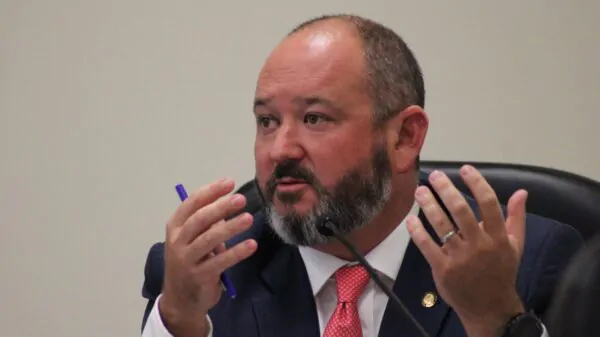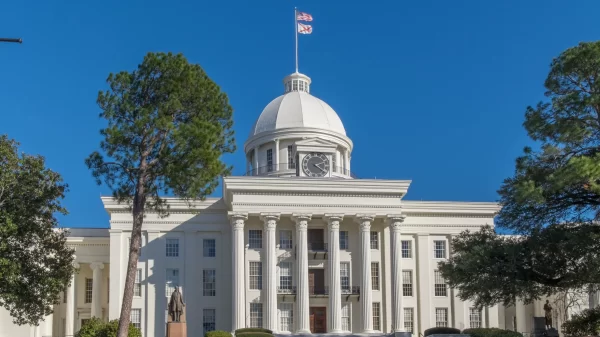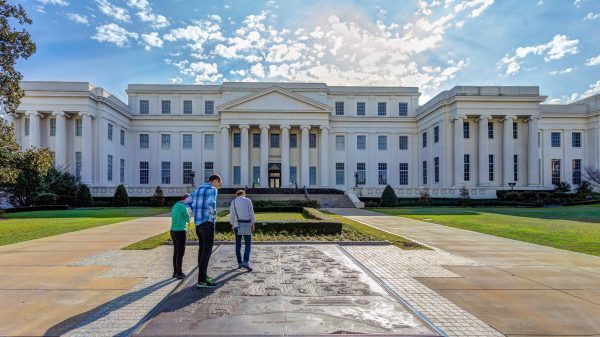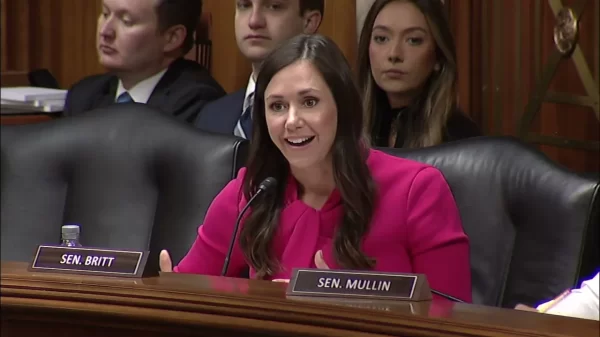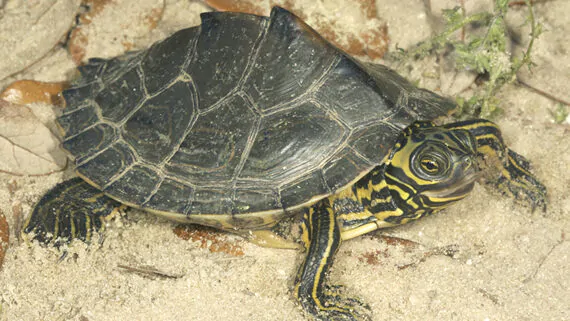By Brandon Moseley
Alabama Political Reporter
The U.S. Fish and Wildlife Service (USFWS) announced in a written statement that Dr. Wade Harrell has been appointed the new Whooping Crane Recovery Coordinator.
Dr. Harrell was born in Corpus Christies, Texas and is a fifth generation native Texan. Harrell has a B.S. in Wildlife and Rangeland Science from Texas A&M Kingsville and both a Masters and a Doctorate in Rangeland Ecology from Oklahoma State.
Dr. Harrell will become a member of the Region 2 Recovery staff in Albuquerque, but will be based at Aransas National Wildlife Refuge on the Texas Gulf Coast. Dr. Harrell has served with the U.S. Fish & Wildlife Service as the Partners for Fish and Wildlife Program coordinator for the Austin Ecological Services office since 2009.
According to the USFWS written statement, he was responsible, “For leading a team of biologists in restoring and maintaining diverse wildlife habitats, from Desert grasslands in the Trans Pecos of Texas important for wintering migratory birds, springs and creeks important for rare and listed aquatic species, forest and shrub land ecosystems on the Edwards Plateau of Central Texas that are key for the survival of the endangered Golden cheeked warbler and Black capped vireo, sub-surface karst & cave environments that host a number of listed endemic species and pine-oak forests in east-central Texas that provide habitat for the endangered Houston Toad.”
Prior to his employment with the USFWS, Dr. Harrell was the Coastal Prairies Project Director for The Nature Conservancy of Texas for six years. While at The Nature Conservancy, Dr. Harrell initiated and directed the successful Attwater’s prairie chicken reintroduction program on private lands and assisted private landowners with grassland habitat management. Dr. Harrell managed land acquisition and conservation easement programs along the Texas Gulf Coast for The Nature Conservancy.
Whooping cranes wintered in Alabama for the first time in decades during the winter of 2011/2012 when problems with the FAA temporarily halted an ultra-lite assisted migration for juvenile whooping cranes. Following a lengthy stay in Winston County the cranes elected to remain in Alabama, where they were relocated to the Wheeler National Wildlife Refuge. It is expected that the cranes will return to Alabama this winter.
In 1941 there were just an estimated 24 whooping cranes in the wild and 2 in captivity after a century of unregulated hunting of the large wading birds. A very aggressive whooping crane restoration program by USFWS has resulted in the species recovering to where there are 437 of the birds living in the wild and another 165 living in captivity. The Aransas National Wildlife Refuge was the last wintering grounds of the crane. Since then they have been successfully restocked in Florida, Central Texas, Louisiana, and apparently now the Tennessee River in Alabama.
The cranes spend the summers in Canada and Wisconsin.




